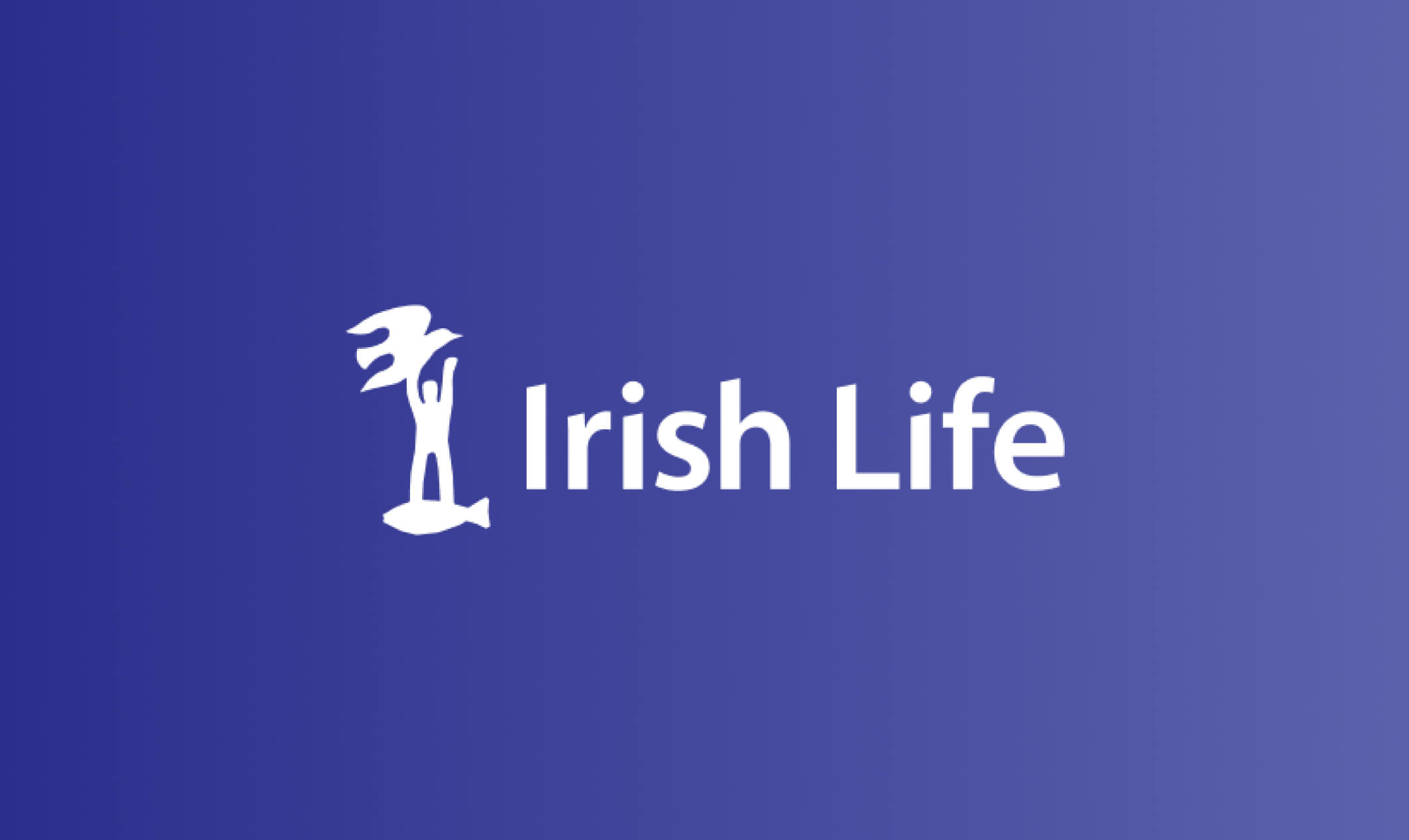If the idea of investing in an Irish Life MAPs fund appeals, then you can speak to an advisor for free about your best investment strategy.
Book an appointment virtually or in-person at a time to suit you.

by Irish Life Financial Services
Written by Irish Life staff
Pensions • 31 July 2025 • 7 min read

Why increasing your pension contributions could be a great financial decision.
How to calculate your retirement income and needs.
The best way to optimise your retirement strategy.
Enjoying a comfortable lifestyle when you retire is the goal for many of us. After years of working hard it's only fair that you get to put your feet up and relax, travel the world, or spend more time with friends and family doing the things you love most.
Ireland has the highest life expectancy in the EU, according to a report by the Department of Health*. A longer life could mean plenty of time to tick off everything on your bucket list, but also that you may need an income for up to 20 years or more after you retire.
We know that planning for retirement can sometimes be confusing or might feel so far in the future that it’s not a priority right now, but we're here to help simplify the process.

It's never too early to plan!
Maximising your pension contributions is a smart financial decision. If you have a private pension, increasing your contributions can help you build a nest egg for retirement and, if you're eligible, benefit from income tax relief.
“If you have a private pension, increasing your contributions can help you build a nest egg for retirement.”
Maximising your pension contributions in Ireland is an excellent strategy to secure a comfortable income during your retirement, while letting you benefit from income tax relief.
If you’re a higher-rate taxpayer, for every euro you contribute to your pension fund, you can claim back up to 40% in income tax relief. Generally, your employer takes money directly from your salary and contributes it into your pension, giving you your income tax relief.
For example, if you contribute €12,500 to your pension this year, this will only cost you €7,500 due to income tax relief. If you pay tax at the standard rate, you can benefit from 20% income tax relief.
If you have your own PRSA (Personal Retirement Savings Account) or other pension instead of an employer pension, the same income tax relief applies. The only difference is that you must make the regular payments (or a lump sum contribution) and claim back the tax from Revenue at the end of the year.

Pensions have serious tax advantages.
When you retire, you have a few different options for what to do with your pension fund. You can take a certain amount of it as a tax-free retirement lump sum, which most people choose to do.
The amount you can take tax-free depends on a few things: your pension plan rules, how much you have taken in tax-free lump sums from other pension plans, and limits set by Revenue.
Up to25% of your retirement value, up to €200,000, for a personal pension. That means you’d need €800,000 to be able to take the full €200,000 tax-free
Up to 1.5x your final salary, depending on your years of service, for an occupational pension.

Maximising your pension contributions in Ireland is an excellent strategy to work towards a comfortable income during your retirement.
Money saved into your pension plan is invested with the aim of growing over time. And one of the great things about maximising your pension contributions is that your fund grows tax-free.
Specifically, any investment returns or capital gains earned within your pension are not subject to tax. Over time, this can significantly impact the growth of your retirement savings.
As with all things tax, there are other considerations.
It’s important to note that other than the tax-free lump sum, any money that you draw down at retirement will be subject to income tax and Universal Social Charge deductions. As you have a few options for what to do with your pension when you retire, it’s a good idea to talk to your financial advisor for the best course of action for you.
After your tax-free retirement lump sum (see above), you pay the lower rate of 20% income tax on your remaining balance up to €2 million. If you are lucky enough to have more than that in your pension fund, the marginal income tax rate of 40% applies to the rest.

Income tax relief can be significant.
You can contribute as much as you want to your pension, but if you are eligible for income tax relief then this relief depends on your age and income.
So rather than considering how much you can put into your pension, consider what is the maximum contribution you can make while still getting income tax relief.
Contribution limits for personal contributions.
For PRSAs, there are theoretically no limits on employer contributions, but a tax benefit limit applies.
For company or workplace pensions, limits are based on your salary and length of service with your employer.
In 2025, the maximum amount you can contribute depends on a couple of factors, including your age and income.
| Age | Percentage limit |
| Under 30 | 15% |
| 30-39 | 20% |
| 40-49 | 25% |
| 50-54 | 30% |
| 55-59 | 35% |
| 60 or over | 40% |
This means that if you are 35 years old and earn €50,000, you can get income tax relief on pension contributions up to €10,000 (20%).
There’s also a limit to maximum pension contributions based on your earnings. This limit is set at €115,000 per year (for all ages). This means that if you earn over €115,000, the percentage limit for income tax relief on pension contributions applies only to the first €115,000 of your earnings.
Navigating the world of pensions and retirement planning can be a lot to figure out. There are so many variables depending on your age, income, pension plan and more.
That's where a knowledgeable financial advisor can make all the difference. Financial advisors can assess your financial situation, take your needs and goals into account and recommend the best plan for your retirement savings.
They can advise on a wide range of topics, including maximising your private pension contributions, optimising income tax relief, considering additional voluntary contributions (AVCs), and exploring personal retirement savings accounts (PRSAs).
There's no substitution for personalised guidance in creating a tailored financial plan to make the most of your private pension contributions.
Free consultation
If the idea of investing in an Irish Life MAPs fund appeals, then you can speak to an advisor for free about your best investment strategy.
Book an appointment virtually or in-person at a time to suit you.

Get an evaluation of your finances

Get answers to your questions

Get a free personalised plan

Get the right recommendations
“Use 60 mins to invest in your life, it’s time well spent on your future.”

- Linda Moran
Financial Advisor Irish Life
Irish Life Financial Services Limited, trading as Irish Life, is regulated by the Central Bank of Ireland. Irish Life Financial Services is an insurance intermediary tied to Irish Life Assurance for life and pensions.